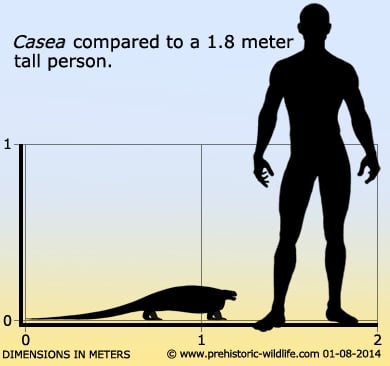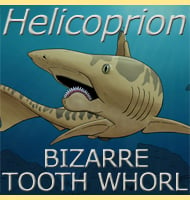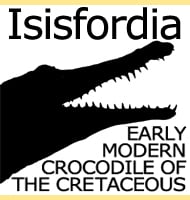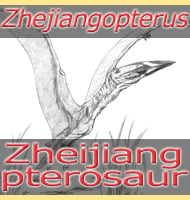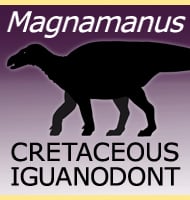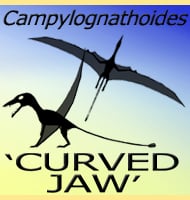In Depth
Casea is typical of the caseids in that it has a large body with a disproportionately small head. It is generally considered that Casea was a slow moving, low browsing herbivore. The teeth are short and short and ‘peg-like’, possibly for stripping the fronds of ferns. The ribs of Casea are greatly enlarged to accommodate the larger intestinal tract. This is a simple but necessary adaptation because plant matter requires far more digesting in order to extract the nutrients. The fore feet also had digging claws.
Living during the Kungurian, Casea may have been preyed upon by the predatory pelycosaur Dimetrodon, which was also active in the same locations.
Further Reading
– New Permian reptiles; rhachitomous vertebrae. – Journal of Geology 18:585-600. – S. W. Williston – 1910. – Fauna of the Vale and Choza: 7. Pelycosauria: family Caseidae. Fieldiana. – Geology 10(17):193-204. – E. C. Olson – 1954. – New Postcranial material of the Early Casied Casea broilii Williston, 1910 with a review of the evolution of the sacrum in Paleozoic Non Mammalian Synapsids. – A. R. H. Leblanc & R. R. Reisz – 2014.
